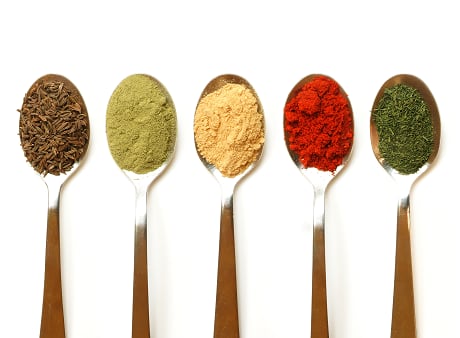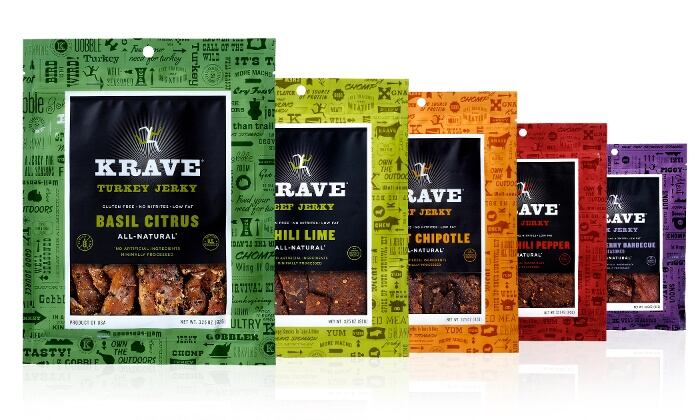Jared Koerten, senior analyst at Euromonitor International, said millennials – aged roughly between 20 and 34 – were a key buzzword in consumer packaged goods “for a good reason”.
“They’re a growing force and increasingly important to manufacturers and marketers. We can see they’re a large group – approaching 44 million consumers in the US in 2014 and they already have a big spending power.
“In 2013, they had a combined spending power in the US of $1.1 trillion but it’s going to grow. They had an average age of 29.8 in 2013 which means many have just started their careers. So as they age and go up the ladder that spending power is going to grow significantly,” he told attendees at Snaxpo 2015 in Orlando last week.
He said snack makers must focus on building a relationship with this group.
“They’re growing, spending power is growing and they’re going to become a very important demographic so it’s very important to connect with them now.”

Phil Lempert, food marketing and retail expert, agreed millennials were critically important for snack makers,
“Millennials gave us food trucks, food raves – what they want is a sense of community and they got that around food…They wake up every morning with the idea ‘you only live once’ (YOLO), so they are driving food trends and we need to be watching carefully what millennials are eating, because that’s what is creating certain trends,” he said.
Snacking day and night
Millennials snack more during the week than any other age group – a little over three times per week; double baby boomers, Euromonitor survey data indicates.
“Snacking is an integral part of their week – they’re snacking and they’re snacking often,” Koerten said.

Interestingly, he said millennials were also snacking during traditional mealtimes unlike other age groups - 16.2% snack at dinner and 16.6% snack at lunch.
“Snacking as a meal replacement is a huge trend for millennials.”
Nutritional expectations
Koerten said millennials were particularly interested in health and nutrition when snacking.
“Millennials grew up at a very interesting time in history – between 2002 and 2013 you see the dramatic increase in obesity and for millennials it was very much a formative time. They grew up and this was constantly covered in the news so many millennials internalized this and are now very interested in eating better and healthier.”
Protein in snacks was particularly important for millennials, he said, and was an ingredient that had proved itself in plenty of food areas.

“Many of the most successful categories in the US focus on high protein – greek yogurt has been driving growth, nuts are very much a high-protein snack and snack bars have been one area that have seen a lot of innovation in protein. And finally, the other snack category in the US: meat snacks.”
Millennials were also more interested in labels, he said, thanks to a raft of cooking shows and celebrity chefs driving interest in food. “Super foods, organic and gluten-free have all exploded as millennials are looking for options for healthier snacks.”
Koerten said ready-to-eat popcorn was one category that had flourished because of its low calorie content and simple ingredients list with Skinny Pop an example of a brand doing very well.
Snack bars had also performed well, he said, with Kind showing particularly fast growth, now competing with major brands like Quaker Chewy, Kellogg’s Nutri-Grain and Fiber One.
Taste and portability
However, Koerten said it wasn’t all about nutrition for the millennial snacker.
“We’re seeing a dramatic shift with millennials in terms of flavor. It’s like the craft beer movement – millennials don’t want the beers their parents drink, they want something with more flavor that is more artisanal and unique. And this has come to the snack market in a big way,” he said.

Tostitos was one example of a brand jumping into this with its ‘artisan recipes’, containing the likes of a nine-grain blend, roasted garlic and black beans. Similarly, Boulder Canyon’s rice and adzuki bean chip was an interesting, artisanal product, he said.
Millennials were also interested in spices, he added, which was an area many snack makers had already tapped into.
“We’ve also got a trend towards portability – grab and go snacks. One fantastic example is Belvita biscuits which serve as a fantastic example of a snack for meal replacement that is portable and keeps you full. Belvita Bites are even more portable because they’re bite-size.”
This on-the-go trend was especially important for millennials, he said, because of how they replaced meals with snacks.
Can you do it all?
For snack makers looking to target millennials, Koerten said it was important to position products carefully with these important factors in mind but warned it was best not to try and hit on all points (unless you’re Krave).

“If you try to go for the middle, sometimes you risk your message getting lost. But every once in a while you have something that just fits and a brand that does that very well and is poised for success is Krave Jerky – it hits on protein, all-natural, minimally processed, healthy and flavor innovation.”
